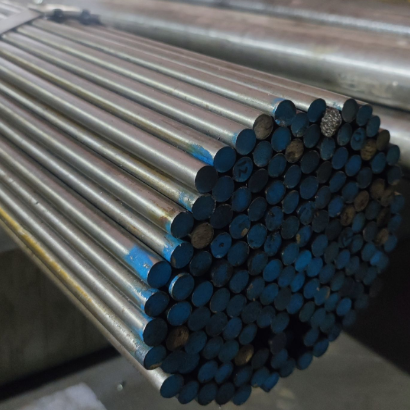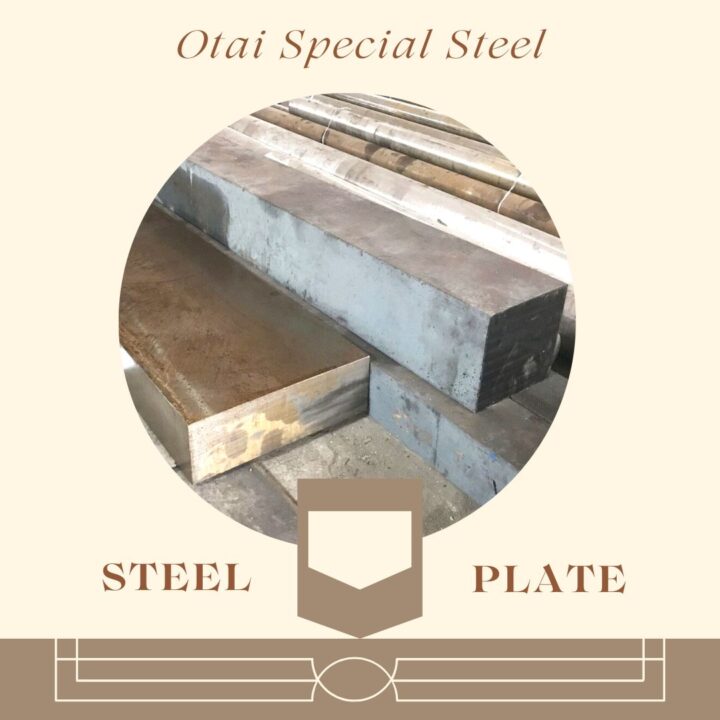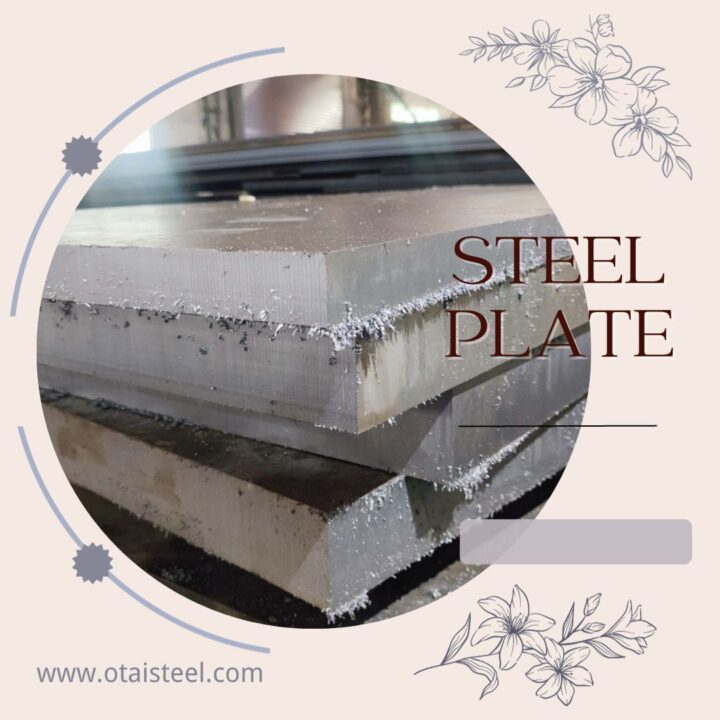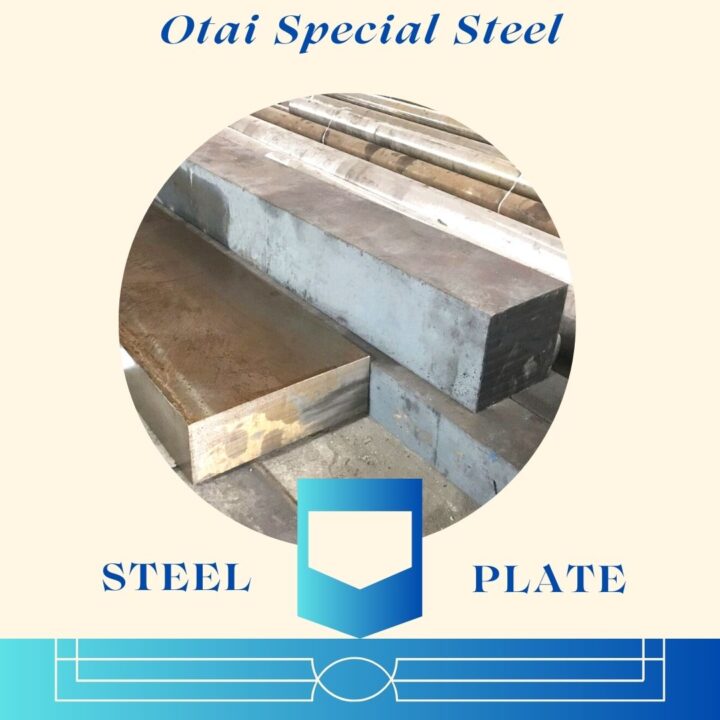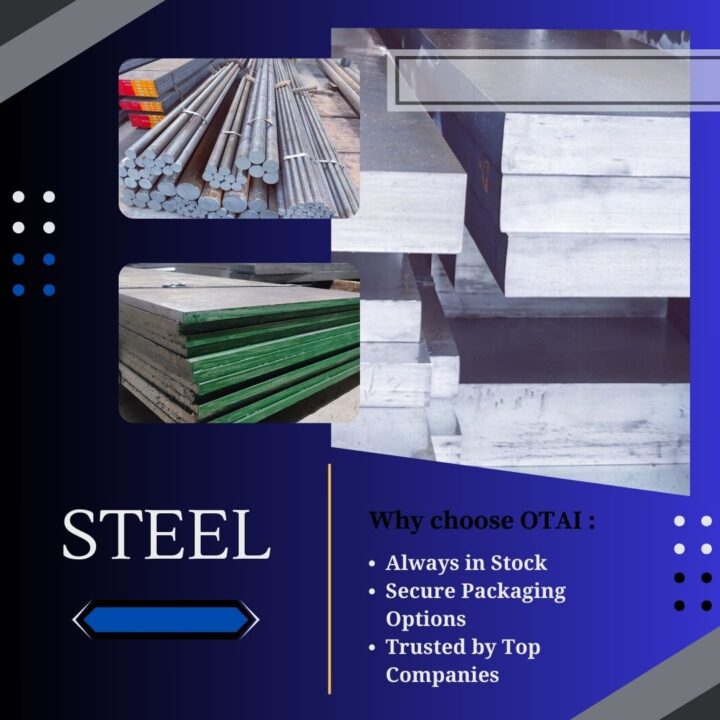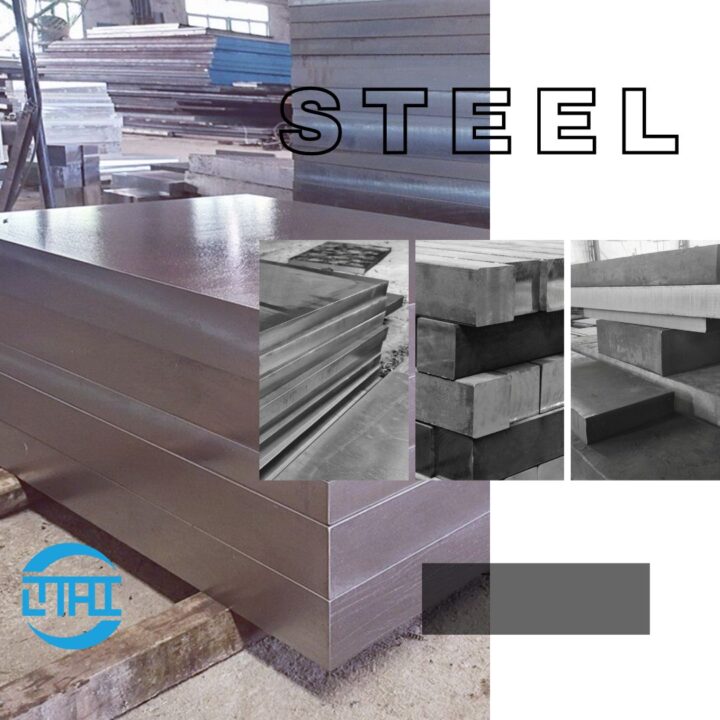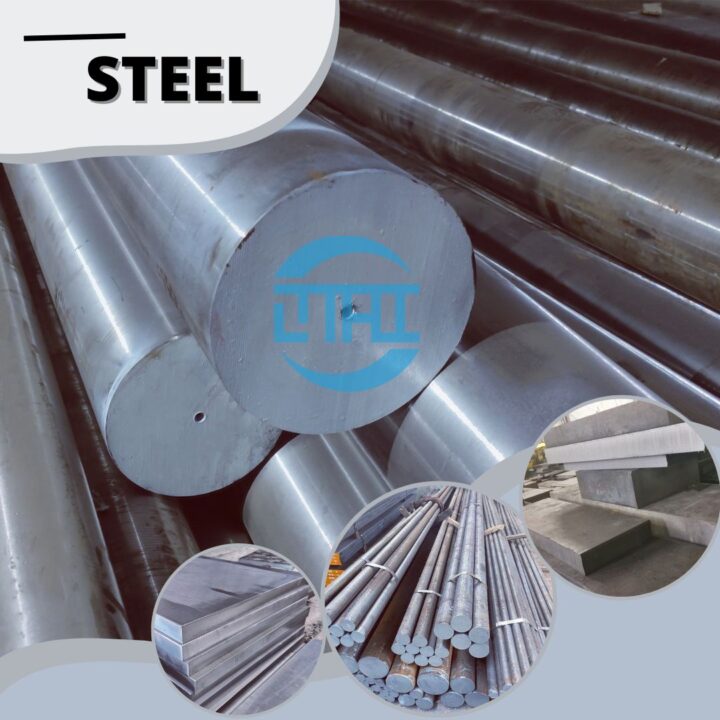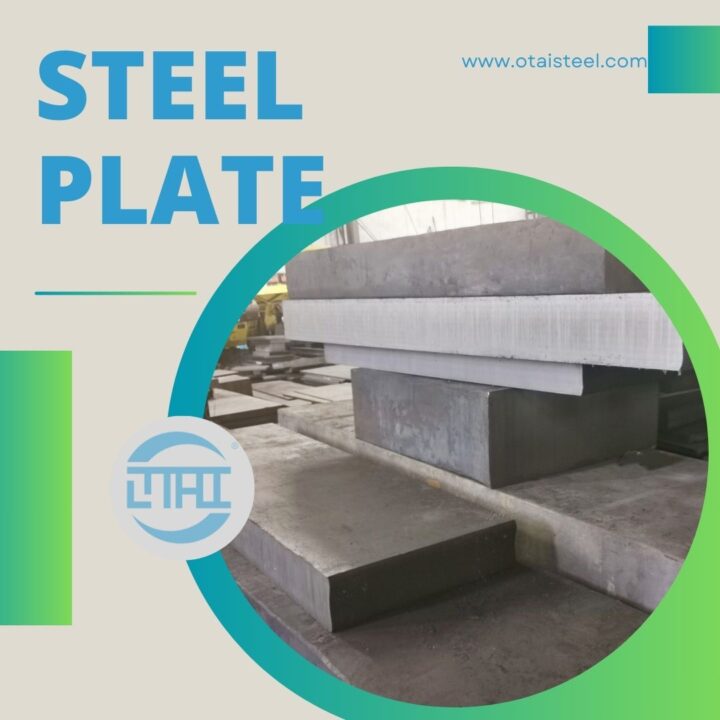4340 steel is a versatile and widely used alloy known for its exceptional strength, toughness, and wear resistance. Machining and welding 4340 steel require careful considerations and adherence to specific guidelines to ensure successful results.
Understanding 4340 Steel
4340 steel is a low-alloy steel that contains elements such as nickel, chromium, and molybdenum. It exhibits high strength, toughness, and hardenability, making it suitable for applications that require resistance to impact, fatigue, and wear. Machining and welding 4340 steel require proper techniques and precautions to maintain its desired mechanical properties.
Machining 4340 Steel
Machining 4340 steel involves shaping the material through various cutting processes. Here are some essential considerations for machining this alloy:
- Preparing the Workpiece
Before machining, ensure that the 4340 steel workpiece is properly heat treated to achieve the desired hardness. It is crucial to follow the recommended heat treatment process specified for the specific application. Additionally, the workpiece should be free from contaminants and adequately secured during machining operations.
- Selecting the Right Tools
When machining 4340 steel, it is vital to choose appropriate cutting tools that can withstand the high cutting forces and temperatures generated during the process. Carbide or high-speed steel tools with suitable coatings are commonly used for machining this alloy. Selecting the correct tool geometry and optimizing the cutting parameters contribute to efficient and accurate machining.
- Machining Techniques
Machining techniques for 4340 steel include turning, milling, drilling, and grinding. Employing sharp tools with proper clearance angles and using adequate cutting fluid or lubrication helps control heat buildup and extend tool life. Take regular measurements and make adjustments as necessary to maintain dimensional accuracy during the machining process.
Welding 4340 Steel
Welding 4340 steel requires careful planning and execution to ensure sound welds with minimal distortion. Consider the following factors for successful welding:
- Pre-Welding Considerations
Before welding, clean the surfaces to be joined thoroughly to remove any contaminants, oils, or rust. Preheating the base metal is often necessary to minimize the risk of cracking and to ensure proper fusion. Understanding the heat input and controlling the interpass temperature during multi-pass welding are essential.
- Welding Techniques
Welding techniques commonly used for 4340 steel include shielded metal arc welding (SMAW), gas tungsten arc welding (GTAW), and gas metal arc welding (GMAW). Proper joint design, filler material selection, and controlling the heat input are critical to achieving high-quality welds. Follow the recommended welding parameters and techniques for the specific application.
- Post-Weld Heat Treatment
To relieve residual stresses and restore the mechanical properties of the welded joint, post-weld heat treatment (PWHT) is often necessary. The PWHT process typically involves heating the welded part to a specific temperature and holding it for a designated time before slowly cooling it. Consult the appropriate specifications or a metallurgical expert for specific PWHT requirements.
Guidelines for Machining and Welding 4340 Steel
To ensure successful machining and welding of 4340 steel, consider the following guidelines:
- Safety Measures
Follow appropriate safety protocols, such as wearing personal protective equipment (PPE), using ventilation systems, and adhering to machine-specific safety guidelines. Handle 4340 steel with care to prevent injuries and work in a properly illuminated and well-ventilated environment.
- Avoiding Distortion and Cracking
Implement proper fixturing techniques and use suitable welding and machining sequences to minimize distortion. Apply stress-relieving techniques when necessary. Control heat input during welding and machining processes to prevent cracking and maintain the desired mechanical properties.
- Managing Hardness
Understand the hardness requirements for the specific application and select the appropriate heat treatment process to achieve the desired hardness. Balance the hardness requirements with machinability to ensure ease of machining without compromising the overall performance of the component.
- Finishing and Inspection
After machining or welding, perform necessary finishing operations such as grinding, deburring, and surface treatment to meet the desired specifications. Inspect the finished components for dimensional accuracy, surface integrity, and adherence to the required tolerances.
Proper machining and welding processes contribute to the longevity, performance, and integrity of components made from 4340 steel.
